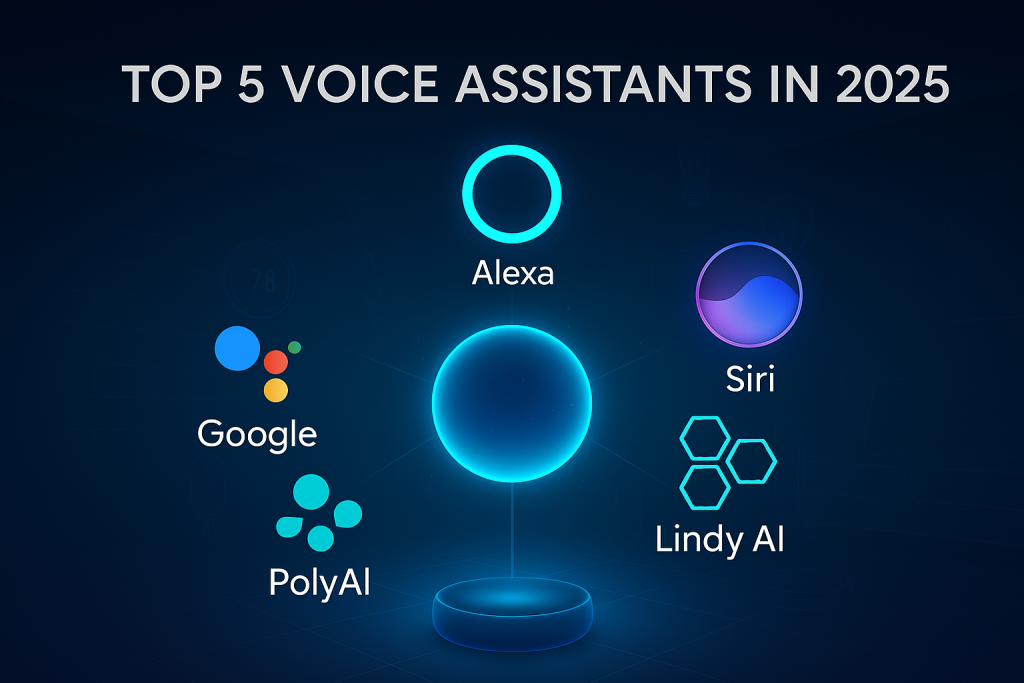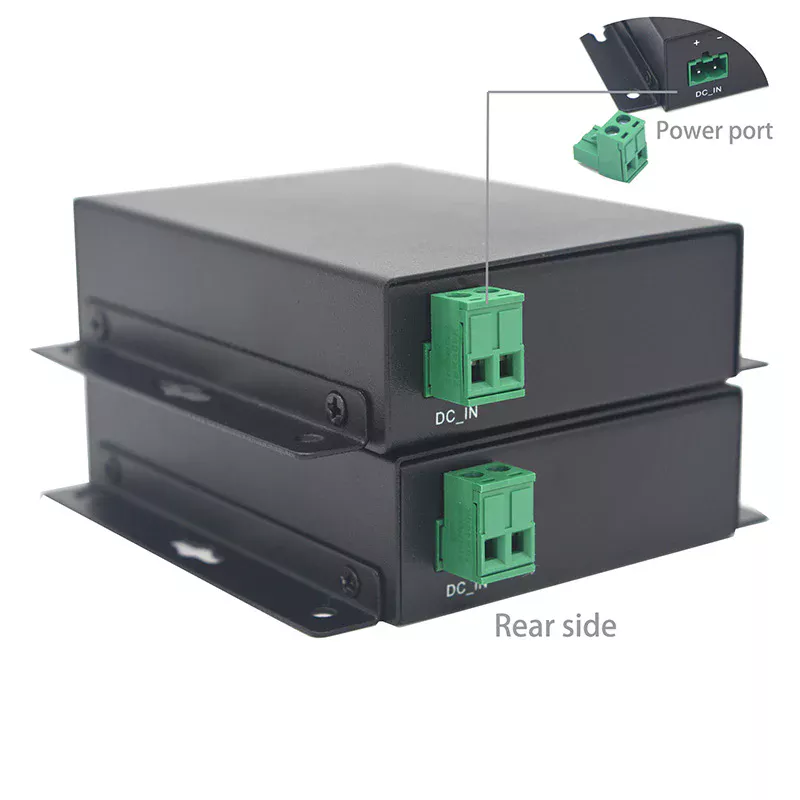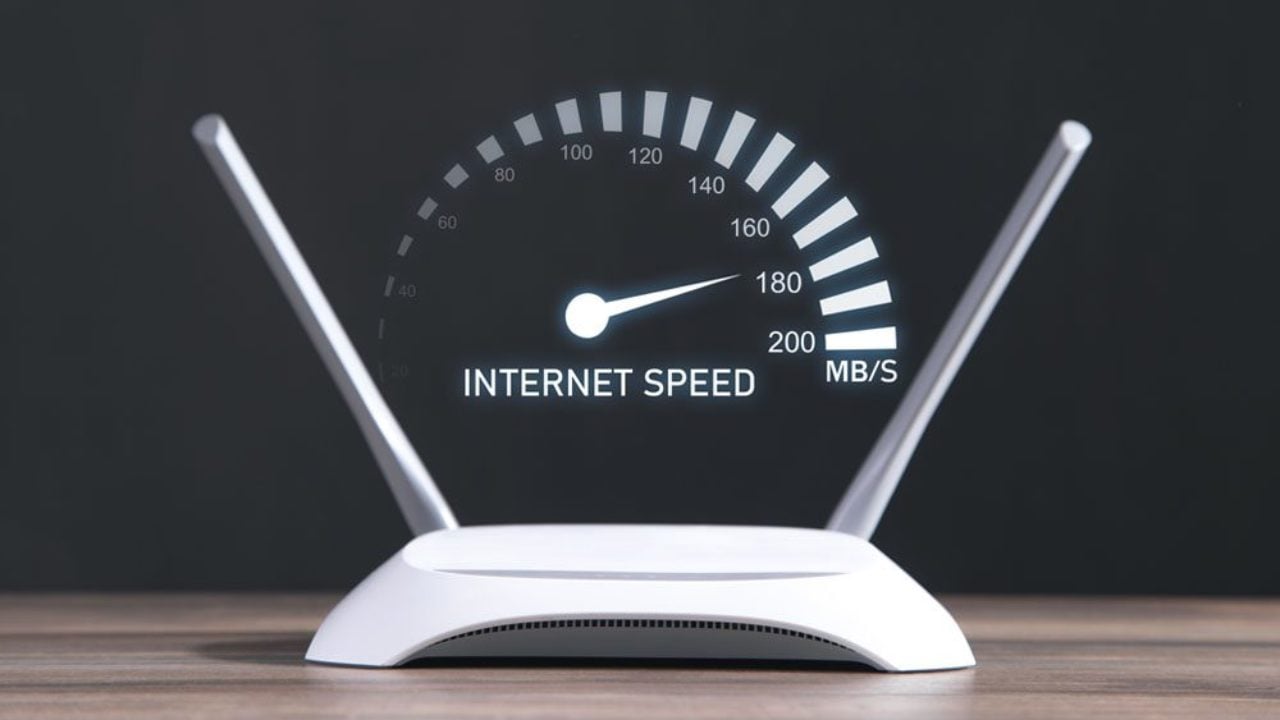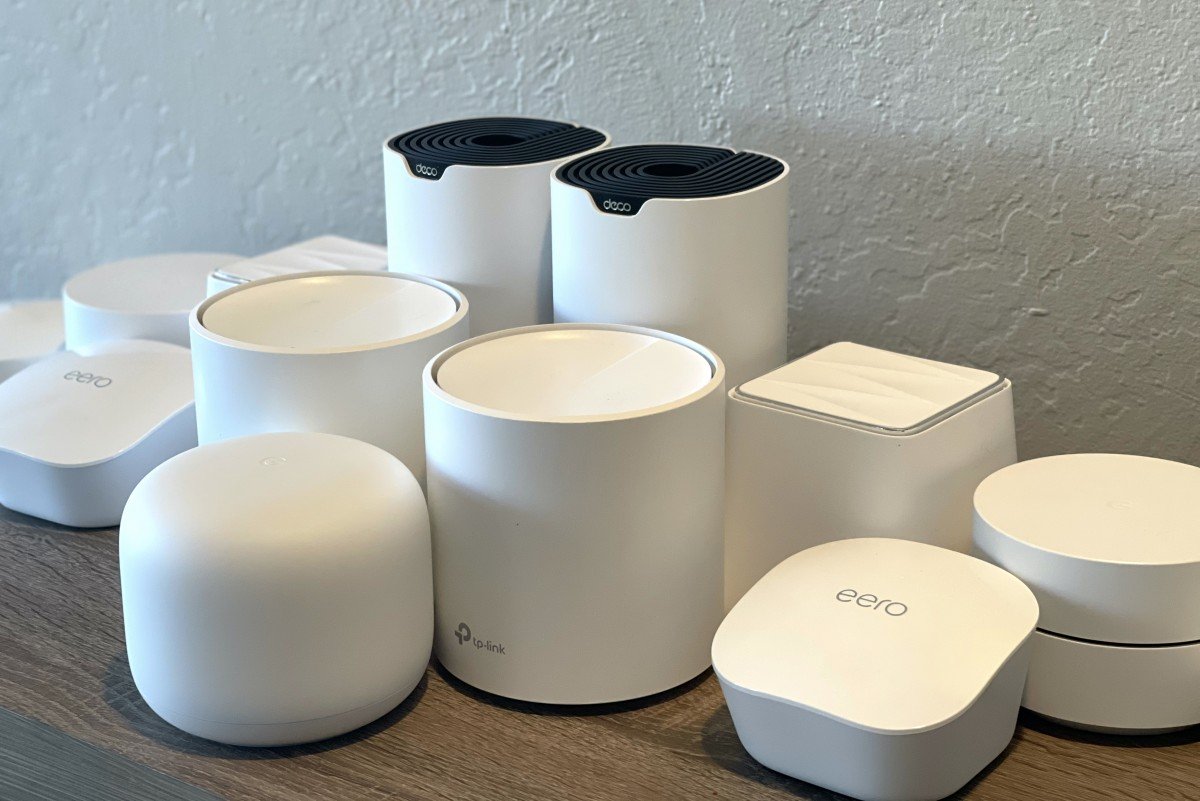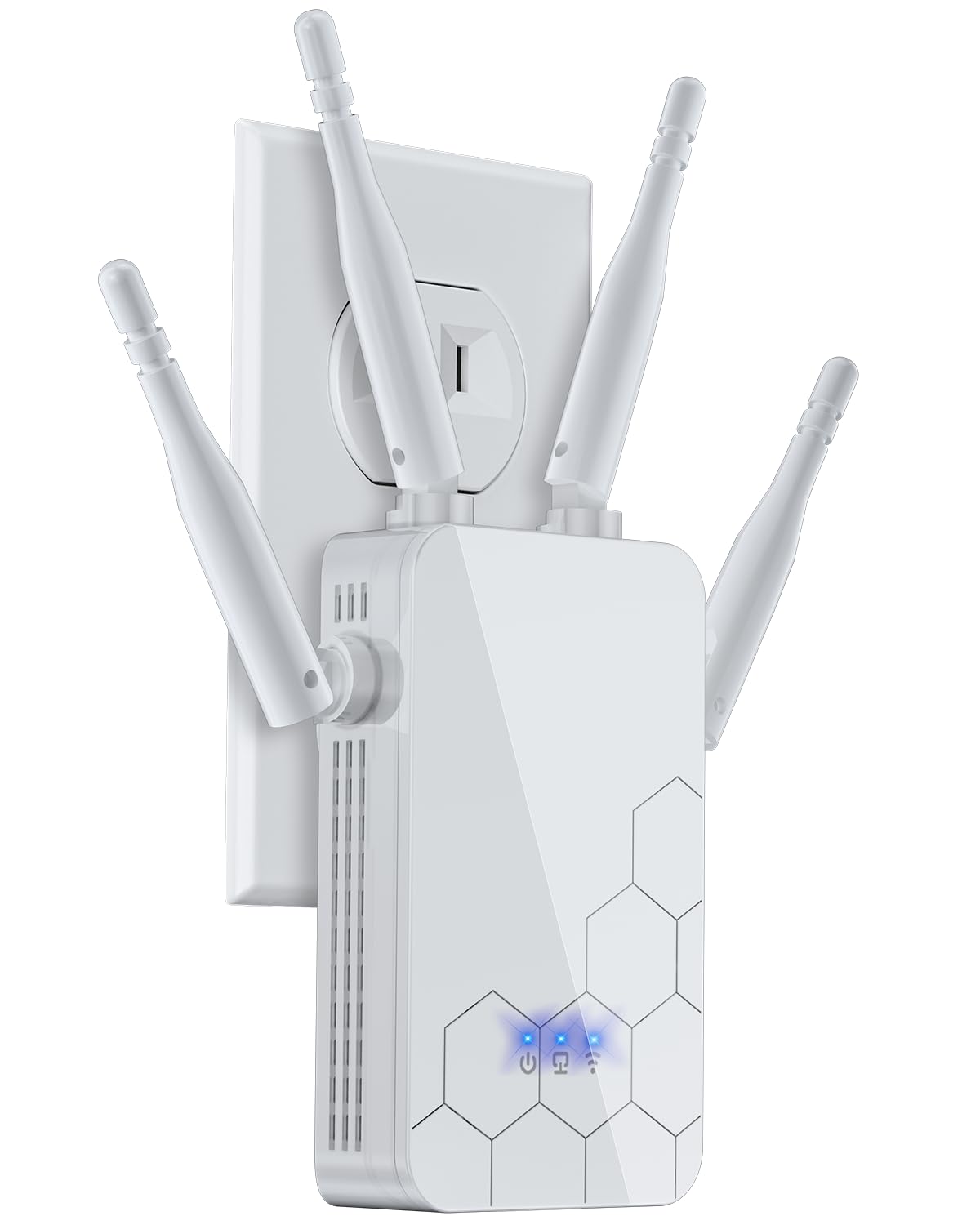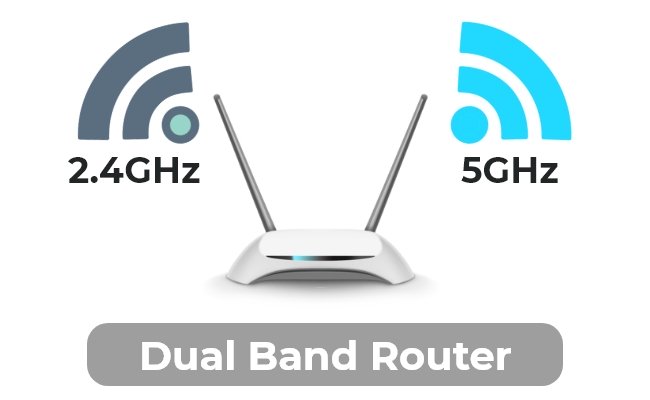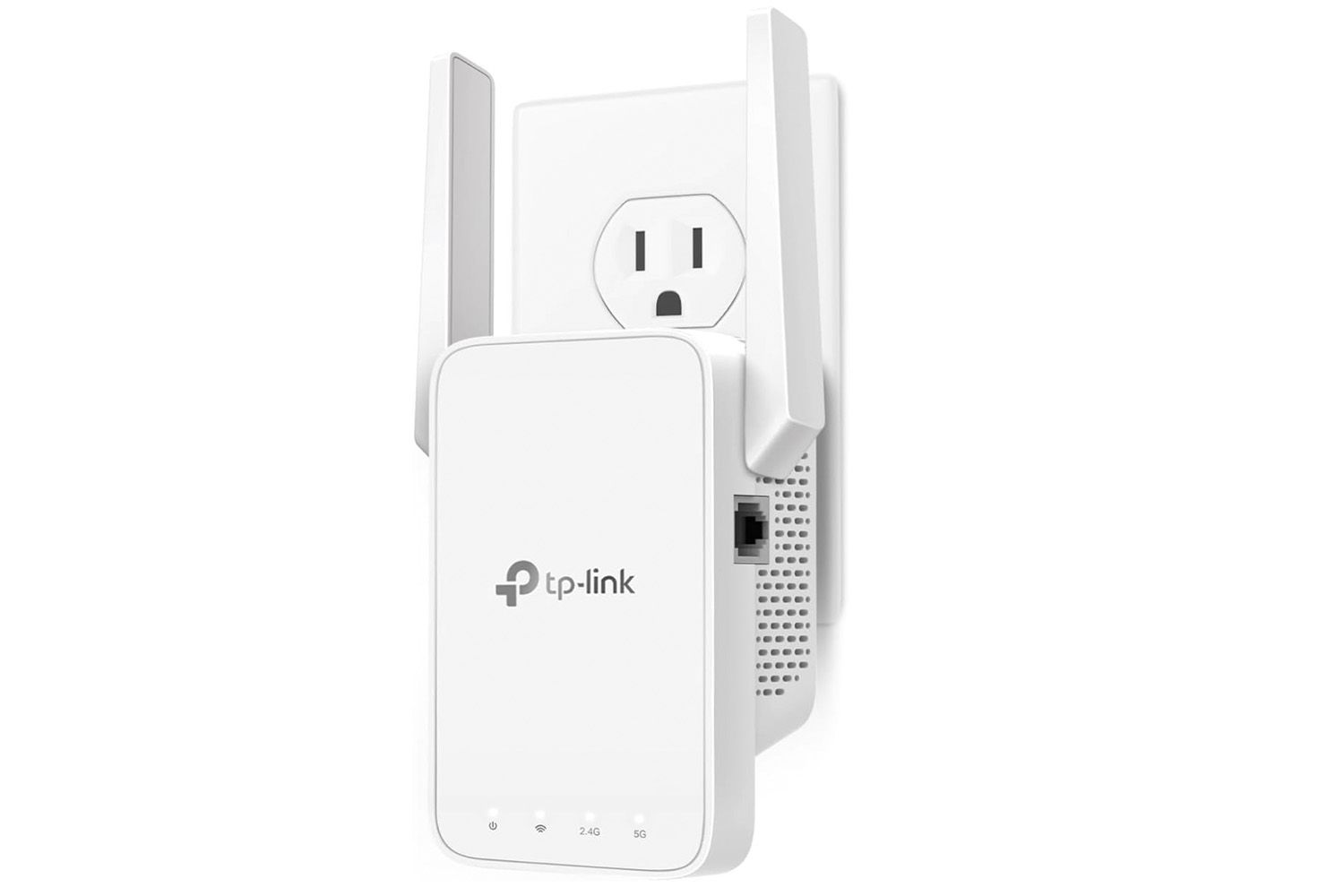Imagine controlling your entire home with just your voice. Sounds like magic, right?
Whether you want to dim the lights, play your favorite music, or check the weather without lifting a finger, the right voice assistant can make it happen. But with so many options out there, how do you pick the best one for your smart home?
You’ll discover the top voice assistants that can simplify your daily routines and bring true convenience to your living space. Keep reading to find the perfect match for your needs and transform the way you live.
Top Voice Assistants In 2025
Voice assistants are becoming common in smart homes. They help control devices and answer questions.
In 2025, several voice assistants lead the market. Each offers unique features for home automation.
Amazon Alexa Features
Amazon Alexa works with many smart home devices. It supports voice commands for lights, locks, and thermostats.
Alexa can create routines that automate daily tasks. It also supports multi-room audio and shopping lists.
- Control smart devices with voice
- Set up daily routines
- Play music in multiple rooms
- Manage shopping and to-do lists
Google Assistant Benefits
Google Assistant understands natural speech well. It answers questions using Google’s vast data.
It connects with many smart home brands. Google Assistant offers voice control for lights, cameras, and more.
- Strong voice recognition
- Answers questions quickly
- Works with many smart devices
- Integrates with Google services
Apple Siri Enhancements
Siri now runs faster and understands context better. It controls HomeKit devices easily with voice commands.
Siri supports personal requests and can announce notifications on AirPods. It works well within the Apple ecosystem.
- Improved speed and context
- Controls HomeKit smart devices
- Announces notifications on AirPods
- Integrates with Apple products
Microsoft Cortana Updates
Cortana focuses more on productivity tasks. It helps with calendars, emails, and reminders in smart homes.
Cortana integrates with Microsoft 365 apps. It can also control some smart devices and supports voice commands.
- Supports calendars and emails
- Works with Microsoft 365 apps
- Controls select smart devices
- Focuses on productivity
Emerging Voice Assistants
New voice assistants are entering the market. They offer privacy-focused features and niche smart home control.
Some specialize in security or energy management. These assistants aim to meet specific user needs in smart homes.
- Privacy-focused voice assistants
- Specialized for security systems
- Energy management voice control
- Focus on user customization
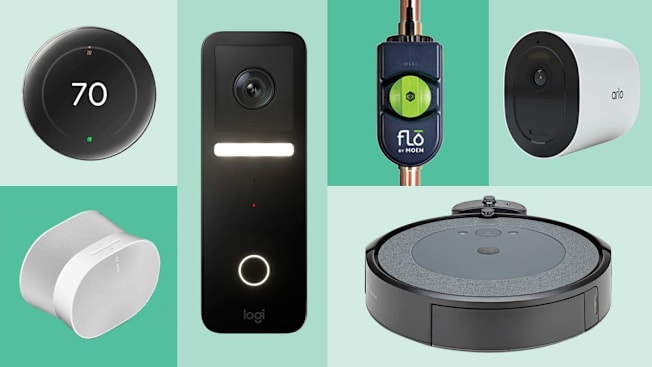
Credit: www.consumerreports.org
Smart Home Compatibility
Voice assistants help control many smart home devices with simple commands. They connect to lights, thermostats, cameras, and more.
Choosing a voice assistant that fits your devices is important. This ensures smooth control and better home automation.
Supported Devices And Brands
Voice assistants work with many devices from different brands. Popular assistants support lights, locks, plugs, and security cameras.
- Smart lights like Philips Hue and LIFX
- Thermostats such as Nest and Ecobee
- Security cameras from Ring and Arlo
- Smart plugs by TP-Link and Wemo
- Voice-controlled speakers and displays
Check if your devices are listed as compatible before choosing an assistant. This avoids control issues later.
Integration With Smart Hubs
Smart hubs act as central points to connect many devices. Voice assistants that link with hubs add more control options.
Popular hubs include Samsung SmartThings, Amazon Echo Plus, and Google Nest Hub. These hubs support many smart devices.
- Control multiple devices from one place
- Set routines that include several devices
- Manage devices that use different protocols
- Improve voice assistant reach in your home
Cross-platform Functionality
Cross-platform means voice assistants work on many devices and systems. This helps you use them on phones, speakers, and more.
Assistants like Amazon Alexa, Google Assistant, and Apple Siri work across Android, iOS, and smart speakers. This gives more freedom.
- Use voice commands on phones and tablets
- Control devices from different brands easily
- Sync settings across multiple devices
- Access assistants on smartwatches and TVs
Voice Recognition And Accuracy
Voice assistants are key to smart homes. They listen to commands and act on them.
Accuracy in recognizing words ensures smooth control of devices. Good voice recognition avoids mistakes.
Natural Language Processing
Natural Language Processing helps assistants understand everyday speech. It makes commands feel natural and easy.
This tech breaks down sentences to find meaning. It helps voice assistants respond correctly to different requests.
Multi-user Support
Smart home assistants often support many users. They recognize different voices and give personalized answers.
This feature allows family members to use the same device. Each user can get tailored responses and settings.
Handling Accents And Languages
Good voice assistants understand various accents and languages. This improves communication for users worldwide.
They learn to recognize different speech patterns. This reduces errors and makes the device more useful.
- Supports multiple languages for global use
- Adapts to regional accents and dialects
- Improves understanding with continuous learning

Credit: kamonk.in
Privacy And Security Features
Voice assistants for smart homes make life easier. They listen to your commands and control devices.
Privacy and security are very important. You need to know your data is safe and your home is protected.
Data Encryption Methods
Data encryption changes your information into a secret code. This protects it from hackers.
Top voice assistants use strong encryption when sending and storing data. This keeps your voice commands private.
- End-to-end encryption hides data during transfer
- Data stored in encrypted form on servers
- Encryption keys are kept secure and separate
User Control And Permissions
You decide what your voice assistant can do. You can control device access and data use.
Many assistants let you review and delete your voice recordings. You also set who can use your devices.
- Manage who can give voice commands
- Set limits on data collection
- Delete voice history anytime
Recent Security Improvements
Smart home voice assistants get regular security updates. These updates fix risks and improve protection.
New features include better voice recognition and alerts for unusual activity. These help stop unauthorized access.
- Improved voice recognition to avoid mistakes
- Alerts for unrecognized voices or actions
- Stronger password and two-factor authentication options
Customization And Personalization
Voice assistants help control smart homes easily. Customizing them makes your experience better.
Personalization lets the assistant learn your habits and preferences. This saves time and adds comfort.
Routine And Automation Setup
Set routines to automate daily tasks. The assistant can control lights, locks, and more at set times.
You can create custom schedules for weekdays and weekends. This keeps your home running smoothly.
- Turn on lights when you wake up
- Adjust thermostat before you arrive
- Lock doors automatically at night
- Start music during dinner time
Voice Command Customization
Change voice commands to suit your style. Use simple words or phrases you remember easily.
Custom commands let you control devices faster. You can rename devices for clearer commands.
- Set nicknames for rooms or devices
- Create phrases for groups of devices
- Use short commands for quick actions
- Adjust voice sensitivity to reduce errors
Personalized Recommendations
Assistants learn your preferences over time. They suggest actions based on your habits and routines.
Recommendations can include music, lighting, and home settings. This makes your smart home feel more personal.
- Suggest favorite playlists at certain times
- Recommend energy-saving settings
- Offer reminders for daily tasks
- Adapt to your lifestyle changes
Ease Of Setup And Use
Voice assistants for smart homes should be easy to set up and use. This makes it simple for anyone to control their devices.
Choosing a voice assistant with clear instructions and a friendly interface helps avoid frustration.
Installation Process
Most voice assistants come with a quick installation process. You often use a smartphone app to connect the device to your Wi-Fi.
Follow simple on-screen steps to link smart home devices. The process usually takes less than 10 minutes.
- Plug in the voice assistant device
- Download the related app on your phone
- Connect the device to your Wi-Fi network
- Add and pair smart home devices
- Test with a voice command
User Interface Design
Good voice assistants have easy-to-use apps and clear voice feedback. The app shows device status and settings.
Simple menus and icons help users find options fast. Voice commands should be natural and understood well.
- Clean app layout with clear labels
- Easy access to common controls
- Voice responses that confirm actions
- Customizable settings for preferences
- Support for multiple users
Troubleshooting Tips
If the voice assistant stops working, check the internet connection first. Many issues come from Wi-Fi problems.
Restarting the device or app can fix minor errors. Make sure your device software is up to date.
- Check Wi-Fi and router status
- Restart the voice assistant device
- Update the app and device firmware
- Review the device’s help or support section
- Reset the device if problems continue
Cost And Subscription Models
Smart home voice assistants come with different costs and subscription options. Knowing these helps you pick the best one for your budget.
Some devices require a one-time payment while others have monthly fees. Understanding the costs saves money in the long run.
Device Pricing
Voice assistant devices vary in price based on features and brand. Basic models cost less, while advanced ones are pricier.
Popular brands offer models under $50 to over $200. The price reflects sound quality, design, and smart home compatibility.
- Entry-level devices: $30 to $70
- Mid-range devices: $70 to $150
- High-end devices: $150 and above
Subscription Plans
Some voice assistants need subscriptions for extra features. These plans may include music, news, or smart home control.
Subscription costs range from free basic services to $10 or more per month for premium options.
- Free: Basic voice commands and controls
- Standard: $5 to $10 per month for extra content
- Premium: Over $10 monthly for advanced features
Value For Money Analysis
Choosing the right voice assistant means balancing cost and benefits. A cheap device may lack features you need.
Subscription plans add value if you use the extra services often. Otherwise, a one-time purchase may be better.
| Type | Cost Range | Best For |
|---|---|---|
| Low Cost Device | $30 – $70 | Basic commands, simple control |
| Mid-Range Device + Subscription | $70 – $150 + $5 – $10/month | Regular users who want extra features |
| High-End Device + Premium Plan | $150+ + $10+/month | Advanced smart home users |

Credit: www.pcworld.com
Future Trends In Voice Assistants
Voice assistants are becoming more common in smart homes. They help control devices using simple speech.
The future will bring new features and better ways to interact with these assistants.
Ai And Machine Learning Advances
Voice assistants will learn to understand speech more clearly. They will get better at recognizing different accents and languages.
AI will help assistants predict what users need. This will make responses faster and more accurate.
- Improved speech recognition
- Context-aware responses
- Personalized user experiences
- Faster learning from user habits
Enhanced Smart Home Integration
Voice assistants will connect with more smart home devices. This will allow better control of lights, locks, and appliances.
Users will manage multiple devices at once with simple commands. This will make homes more comfortable and secure.
- Support for more device brands
- Multi-device coordination
- Improved security features
- Energy-saving options
Voice Assistants In Iot Ecosystem
Voice assistants will play a key role in the Internet of Things (IoT). They will help manage many connected devices easily.
They will link devices like cameras, sensors, and thermostats. This will create smarter and more responsive homes.
- Central control for IoT devices
- Real-time monitoring and alerts
- Automation based on voice commands
- Better device communication
Frequently Asked Questions
What Are The Top Voice Assistants For Smart Homes?
The top voice assistants include Amazon Alexa, Google Assistant, and Apple Siri. They offer wide device compatibility and smart home control. Each has unique features suited for different user preferences and ecosystems.
How Do Voice Assistants Improve Smart Home Automation?
Voice assistants enable hands-free control of lights, thermostats, and security systems. They simplify daily tasks, enhance convenience, and increase accessibility for all users.
Are Voice Assistants Compatible With All Smart Home Devices?
Most popular voice assistants support a broad range of devices. However, compatibility varies by brand and product. Always check device specifications before integration.
Can Voice Assistants Ensure Smart Home Security?
Yes, voice assistants can enhance security by enabling voice-activated locks and alerts. They also integrate with security cameras and alarm systems for real-time monitoring.
Conclusion
Choosing the right voice assistant enhances your smart home experience. Each option offers unique features and ease of use. Consider compatibility with your existing devices. Think about privacy and data security concerns. Cost might also influence your decision. Alexa, Google Assistant, and Siri lead the market.
They’re popular for their reliability and versatility. Evaluate your needs and priorities. Make an informed choice for your home. Your smart home journey begins with the right assistant. Enjoy the convenience and connectivity they bring.
20 min read

